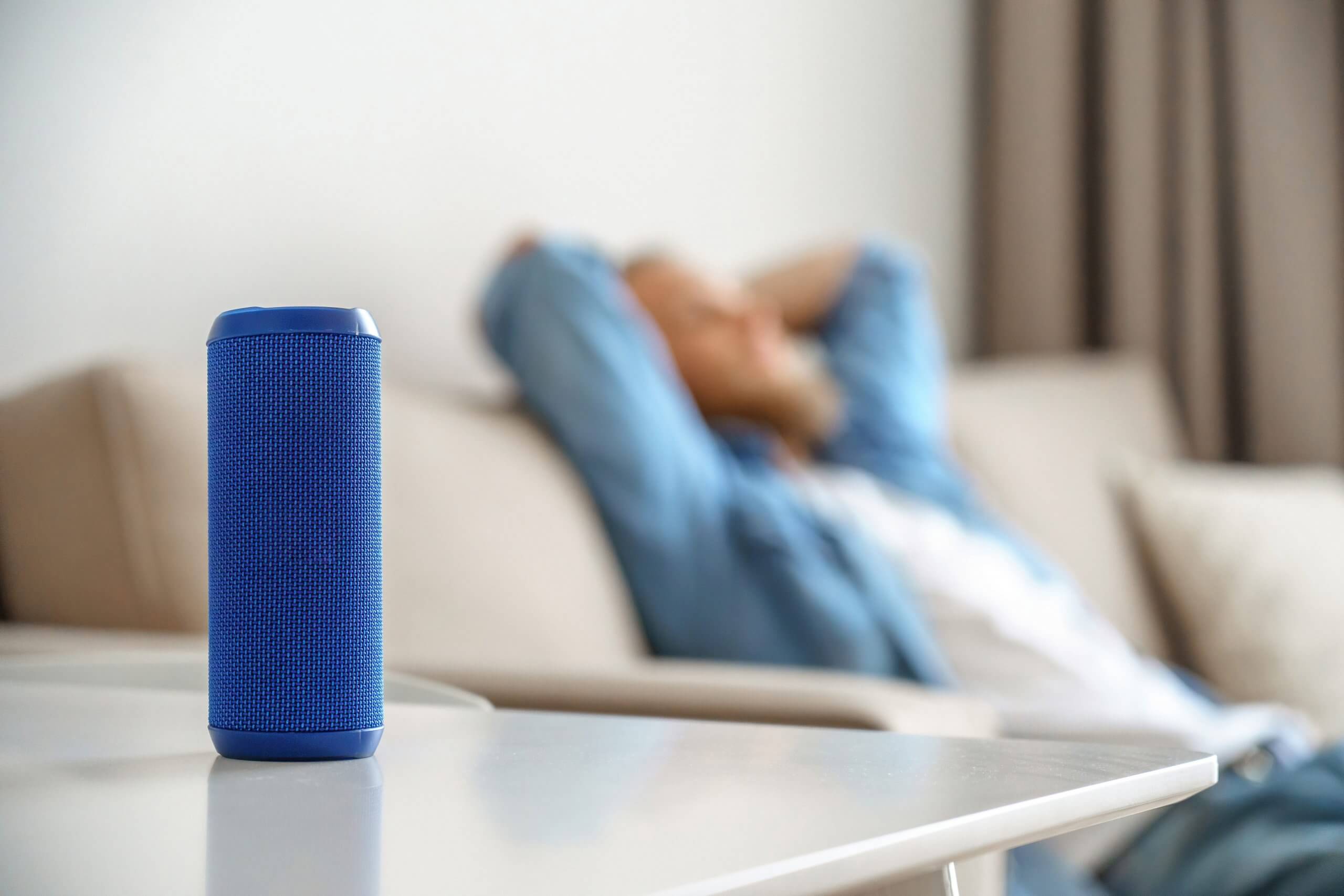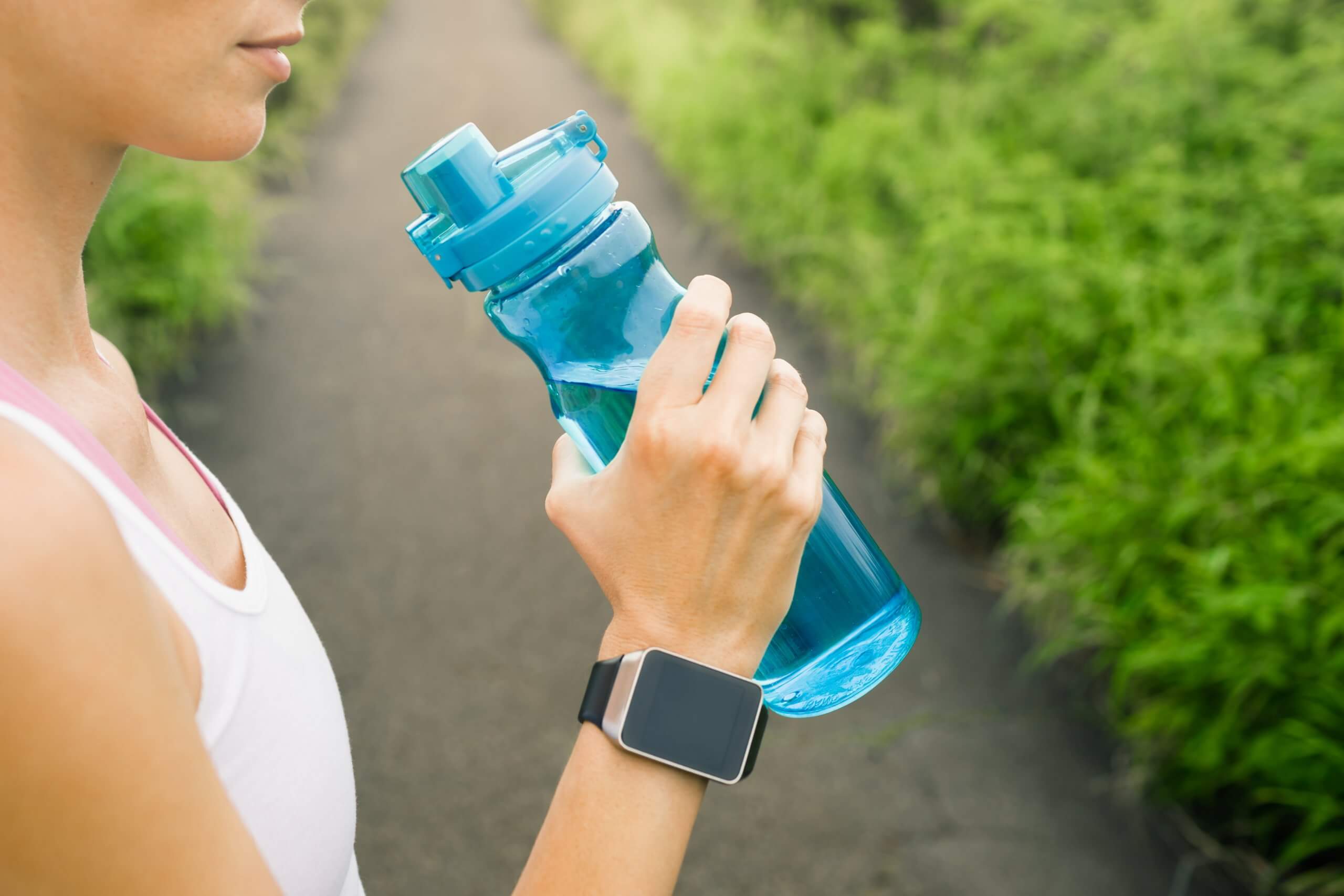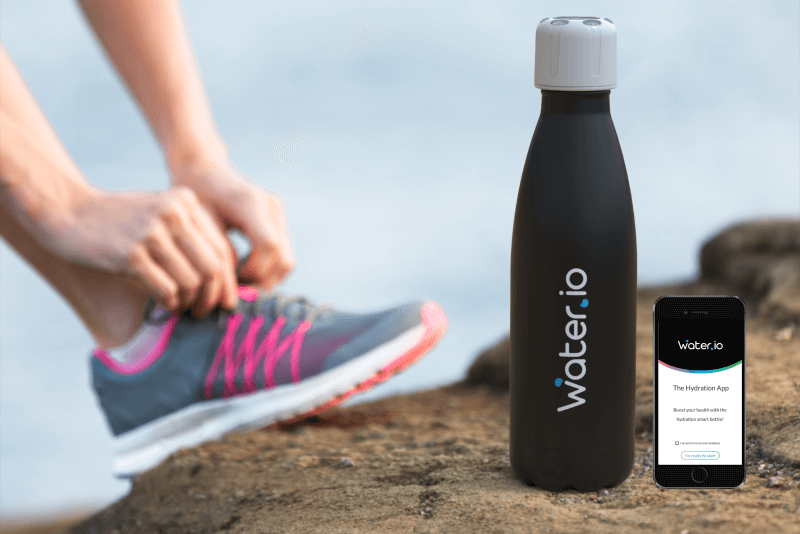Connected healthcare is the idea of using technologies to provide continuous health monitoring and long-term, ongoing care. It wasn’t all that long ago that health records were kept in paper files or on localized computer networks. If someone needed care at a facility that was “out of network” the doctor seeing them would not have access to their records. If a doctor wanted heart rate or blood pressure data, the patient would have to visit them regularly to be tested. Today, information can be gathered at home and transmitted anywhere, instantly.
Why do We Need Connected Healthcare?
As the population gets older, on average, healthcare providers are seeing the importance of proactive, preventive healthcare. Instead of being reactive and simply treating acute conditions as they arise, physicians are looking at ways to help people stay healthy and to stay in control of any chronic conditions they may have.
The goal of connected health care is to improve compliance and encourage patients to lead a healthy lifestyle by getting patients more involved with their own healthcare. By monitoring important health metrics at home, patients become better educated about their own health and more engaged with day-to-day issues. They can make changes to their lifestyles and access support when they need it, hopefully before an issue becomes acute.
In the long term, having patients be more proactive should reduce the number of people requiring hospitalization or expensive interventions, and also allow patients to return home sooner following treatment in a hospital. Simple lifestyle changes can have a huge impact.
Connected Healthcare Benefits Patients and Hospitals
Connected healthcare can provide tangible benefits for patients and hospitals in many ways:
Digital Monitoring and Treatments Save Resources
Diagnostic tools that were once only available to doctors, and required special training to use, can now be given to patients and used at home. Doctors are still required to interpret the data, but patients can take their own blood pressure with digital cuffs, monitor their heart rate and blood oxygen, monitor medicine compliance, and track other key metrics at home. This means fewer appointments and hospital visits, saving time and reducing the backlog in waiting rooms. Doctors can monitor their patients remotely and still have a clear idea of whether those patients are complying with, and responding to, their treatments.
Preventative Care Maintains Well-being
Wellness-focused apps, if used correctly, can help improve long-term well-being. Connected fitness devices are a powerful tool. If doctors and other health professionals take the time to educate their patients about the importance of a healthy lifestyle and the ways wearables can facilitate that, the benefits for the population as a whole could be huge.
Real-Time Data Allows for More Accurate and Faster Diagnosis
Combine the power of IoT with the power of big data, and you have something that can be used as a force for good in the healthcare space. The data available from monitors, sensors, fitness wearables and even mundane devices that are used daily can be combined to flag worrying changes in a person’s metrics. That data can be used to recommend treatment plans.
At the simplest level, fitness and sleep trackers can notify a patient “You haven’t been sleeping well recently”. Perhaps you should drink less coffee and alcohol. A heart rate monitor could notify wearers “You appear stressed, have you considered meditation”. More sophisticated recommendations could be made about medications under the oversight of a human professional. The connected healthcare space has the data available to do it, and large quantities of data can be processed in a way that minimizes the risk of errors.
Technology Drives Health-Care Innovations
The power of the connected health space and big data is opening up the possibility of many innovations. From AI that can diagnose cancer faster and more accurately than humans, to VR rehab facilities for people recovering from neurological conditions, connected healthcare takes the strain off the health system on a day-to-day basis, and also improves the accuracy with which healthcare providers can diagnose and treat common conditions.
Summary
Connected healthcare is not just an invention, it’s a new way of approaching the idea of health and well-being. For it to work, the adoption must be widespread both in the community and amongst providers. Once digital health becomes as normal as a trip to the doctor’s or the emergency room, we’ll see the pressure taken off our strained and ailing health systems and our doctors and specialists will be able to offer better care for all with in-home and in-person solutions.
